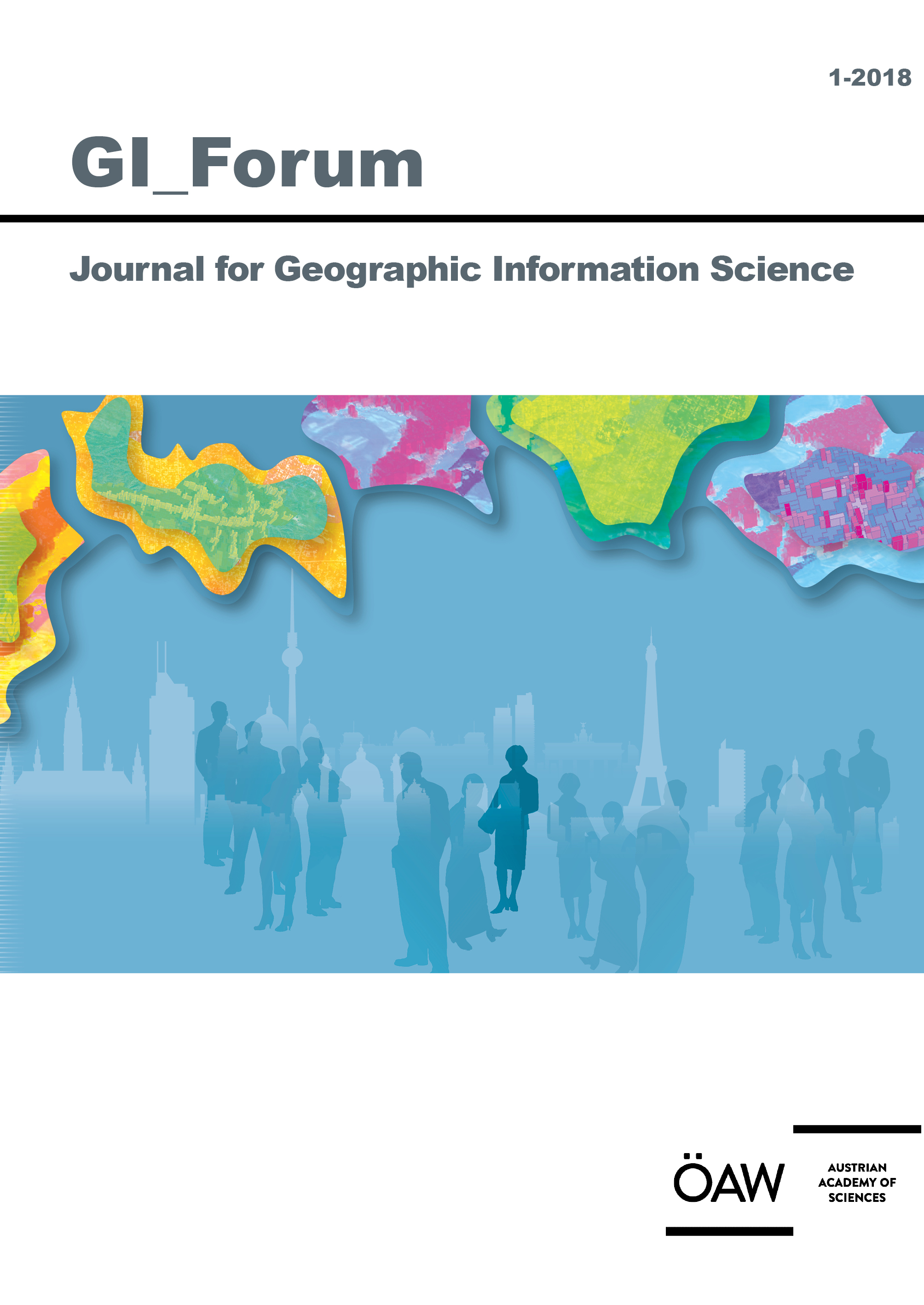
GI_Forum 2018, Volume 6, Issue 1, pp. 228-242, 2018/06/22
Journal for Geographic Information Science

Change detection is one of the key tasks of earth observation. In the humanitarian domain, information about the impacts of natural disasters or military conflicts are of particular interest. This study uses time-series of Sentinel-1 radar imagery to identify changes resulting from armed combats in the city of Raqqa, Syria. The concept of permanent scatterers (PS) was applied to the data for the identification of stable information, which is then used for temporal analysis of pixel amplitudes. In an urban context, this gives insights into both the locations of damage and the exact date of the destruction. Instances of damage manually identified by UNOSAT are used for validation. The study shows that Sentinel-1 data can be a suitable indicator for heavy damage, but limitations arise from the comparably low spatial resolution and in cases of moderate changes which do not affect the structure of buildings. The study demonstrates the potential of radar imagery regarding its spatial and temporal resolution and gives examples of detailed analyses at selected areas of special interest.
Keywords: damage assessment, Synthetic Aperture Radar (SAR), change detection, civil war, time-series analysis